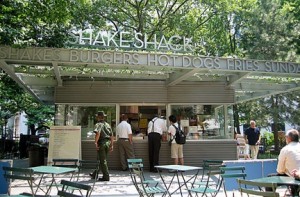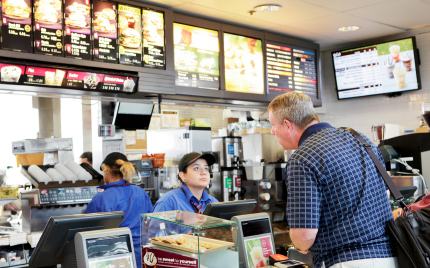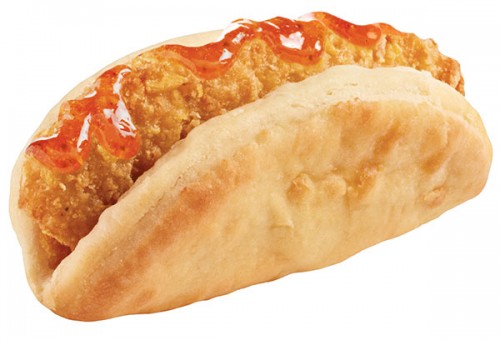Wall Street gobbled up shares of fast-food monarch Burger King on Monday, following word that the 60-year-old chain might be headquartering north following the acquisition of the Tim Horton’s coffee and doughnut shops.
Both chains enjoyed double-digit stock price hikes, with investors licking their chops over the favorable tax situation Burger King would enjoy as a Canadian company, as the Chicago Tribune reports. (Here’s a primer on corporate tax inversion and why companies do it by Trib reporters; it’s been a buzzword all summer particularly in Chicago, where hometown drugstore company Walgreen’s recently floated the notion of moving itself overseas.)
It’s an interesting phenomenon and one that is interpreted as somewhat disloyal to American patrons — one senator already is calling for a Burger King boycott in favor of hometown favorites Wendy’s and White Castle — and the consumer reaction angle is one you might pursue quickly. What do franchise owners hear from their patrons about the prospect of BK having it their way, and how are they handling any reaction from restaurant patrons? Mashable says “Burger King may be in for a whopper of a backlash,” citing comments on social media, while the chain itself is trying to quash the image of itself as a tax dodger.
Good story but I wonder if the local fast-food joint has quite the emotional grip on patrons that it might have had several years or several decades ago. A look at the evolution of quickie food service and the viability of hamburger chains might be an interesting response to the Burger King headlines.
Fast Casual vs. Just Fast Food
The Wall Street Journal just reported that consumers in their 20s and 30s favor chains like Chipotle over burger & fries fare; the WSJ said “the percentage of people age 19 to 21 in the U.S. who visited McDonald’s monthly has fallen by 12.9 percentage points since the beginning of 2011, according to Technomic, while the percentage of customers age 22 to 37 visiting monthly during that period has been flat. ” A recent Forbes piece said that diners’ preference for “fast casual” places like Panera is taking a bite out of businesses on either side of the spectrum, from traditional fast-food on one hand to casual sit-down chains like Olive Garden on the other. Why not head out and talk with store owners, managers and customers — and make your own assessment of who’s eating where, what they’re spending, and why? I noted recently in a college town near me that an on-campus McDonald’s actually closed, while stores such as Potbelly and Five Guys have proliferated. What happens to the investment of long-time franchise owners of stores like McDonald’s and Burger King when traffic wanes?
The U.S. Department of Agriculture offers a fascinating data set, the Food Environment Atlas (worth exploring when you have a moment for other ideas) and amid this treasure trove is a map of fast-food establishments, expenditures and more – by county! The data is from 2011 but it will certainly get you off to a good start and provide per-capita context for describing the fast-food scene in your market. And there are comparative figures from 2007 to help you show trends.
Another facet of the issue: This Motley Fool article said increasing food offerings at convenience stores is cutting into traditional fast-food sales, as well. And I’ve noticed a number of grocery stores touting their deli areas and fresh salad bars as convenient lunch or dinnertime fare; they’ve even moved things around to stock single-serve beverages near the deli. This Frick’s Market, a rebuilt grocery store in rural Union, Mo., included a pleasant dining area in its recent re-design and its website offers lunch specials such as bratwurst & tater tots for $1.99 — and the company’s Facebook page touts “Simple Supper Solutions” available from the drive-up window at its deli. Clearly, someone there saw an opportunity to compete with traditional fast food. What are retailers and other food purveyors in your area doing?
As I often say, you likely can find an angle to this story even if you’re not on the retail, restaurant or Wall Street beat. Think health care, technology, marketing and advertising, even agricultural sectors that supply the big burger chains — all will be feeling the ripple effect of changing consumer tastes.











